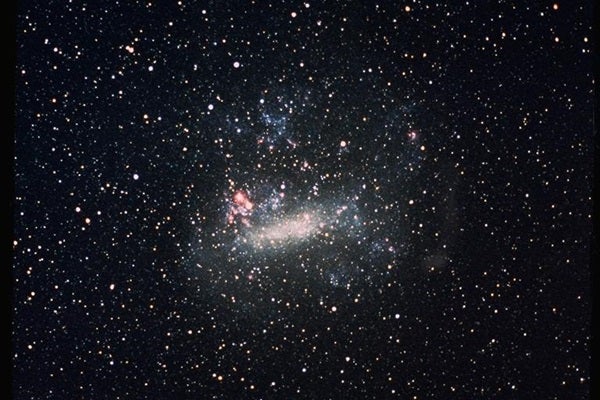The team of Japanese scientists used Atacama Large Millimeter/submillimeter Array (ALMA), the world’s largest radio telescope array, to observe the star ST11 in the Large Magellanic Cloud (LMC), a dwarf satellite galaxy gravitationally bound to the Milky Way. The star’s emission lines showed a dense, concentrated region of molecular gas surrounding star ST11.
The stellar cocoon has a very different molecular composition than other objects in our own galaxy, owing to different star populations in the LMC. Some common molecules, such as sulfur dioxide, nitric oxide, and formaldehyde were found in the chemical signatures as well as organic compounds including methanol.
This discovery helps astronomers address prebiotic molecules formed in space and brings up yet another question: how chemical diversity of galaxies play into extragalactic life.
Takashi Shimonishi, an astronomer at Tohoku University, Japan, and the lead author of the paper, said in a press release that the findings “suggest that the molecular compositions of the materials that form stars and planets are much more diverse than we expected.”










